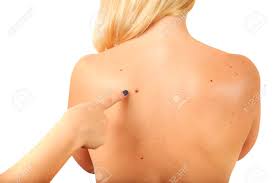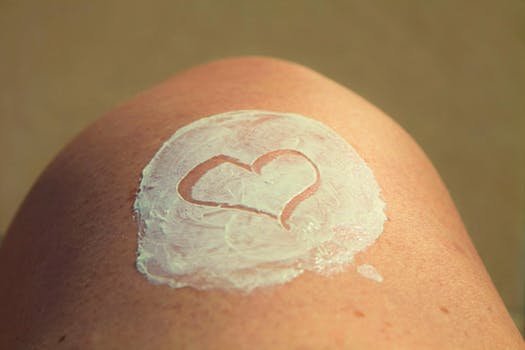#HEALTHY SKIN#
YOUR SKIN, RED BIRTHMARK, AND HEMANGIOMAS AN UNHEALTHY COMBINATION.

(image source Shutterstock photos}
Giving The Above A Critical Look.
What Causes Birthmarks?
Do Birthmarks Need to Be Treated?
Sorts of Birthmarks
Hemangiomas and Your Skin
What Are the Signs of Red Birthmarks?
How Are Red Birthmarks Diagnosed?
What Is the Treatment for Hemangiomas and Red Birthmarks?
Would hemangiomas be able to and Red Birthmarks Be Prevented?
Pigmentations are hued skin recognizes that either is available during childbirth or grow not long after birth. Pigmentations can be various hues, including dark-colored, tan, dark, light blue, pink, white, red, or purple. A few pigmentations are just hues of the surface of the skin; others are raised over the surface of the skin or stretch out into the tissues under the skin.
What Causes Birthmarks?

The reason for most skin pigmentations is obscure. The greater part of them is not acquired. Numerous people stories and myths exist about the reasons for skin colorations, yet none of these stories have been demonstrated to clarify the genuine reasons for pigmentations.
Do Birthmarks Need to Be Treated?
Most pigmentations require no treatment. They, as a rule, stay steady as a kid becomes more seasoned. In any case, a few territories that can take after vein tumors - called hemangiomas - may require treatment on account of their area. For instance, a brought up hemangioma almost a youngster's eye may meddle with his or her capacity to see. In uncommon cases, pigmentations are related to different conditions, for example, developments in the liver, lungs, stomach, or digestive organs.
Kinds of Birthmarks
There are two fundamental classifications of skin colorations - vascular (doing with veins) pigmentations and pigmented pigmentations. Vascular pigmentations are regularly pink-, purple-, or red-shaded skin markings that create previously or soon after birth. Pigmented pigmentations are skin markings that are available during childbirth. The imprints may extend from darker or dark to somewhat blue or blue-dim in shading.
A few sorts of skin pigmentations are extremely normal and others require exceptional consideration. View these photos from WebMD of skin colorations and check whether the port wine recolor, strawberry hemangioma, salmon patches, and others look commonplace.
Hemangiomas and Your Skin

The hemangioma is a typical kind of vascular tumor that may happen ahead of schedule throughout everyday life and look like a skin coloration. It is typically easy and safe and its motivation isn't known. Shading from the skin coloration originates from the broad improvement of veins at the site.
Sorts of hemangiomas and pigmentations include:
Fine hemangioma, hemangioma simplex may show up anyplace on the body, however, are most regular on the face, scalp, back, or chest. They comprise of little, firmly stuffed veins. They might be truant during childbirth and create amid the initial half a month a short time later. They, for the most part, develop quickly, remain a settled size, and after that die down. As a rule, strawberry hemangiomas vanish when a tyke is 10 years of age. Some slight staining or puckering of the skin may stay at the site of the hemangioma.
Enormous hemangiomas (additionally called angioma cavernosum or cavernoma) are like strawberry hemangiomas yet are all the more profoundly arranged. They may show up as a red-blue supple mass of tissue loaded with blood. Some of these sores may vanish alone - for the most part as a tyke approaches school age.
Port-wine stains are level purple-to-red skin colorations made of enlarged blood vessels. These skin pigmentations happen frequently on the face and may differ in the estimate. Port-wine recolors regularly are lasting (unless treated).
Salmon patches (likewise called stork chomps) are exceptionally regular skin pigmentations and show up on infants. These imprints are little veins (vessels) that are obvious through the skin. They are most basic on the temple, eyelids, upper lip, between the eyebrows, and the back of the neck. Regularly, these imprints blur as the baby develops.